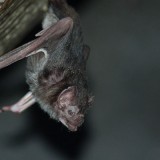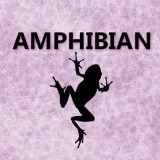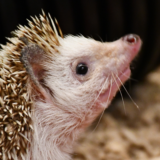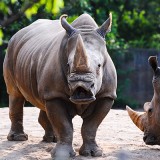RANGE
Mountain forest of equatorial Africa, from West Africa to Kenya and Uganda.
HABITAT
Dense brushwood in lowlands and mountain forests.
SIZE
Largest of the forest antelopes. Males are slightly larger than females. Get
5.5 – 8 feet in length.
REPRODUCTION
Females come into heat approximately every three weeks. Gestation is about
285 days (9.5 months).
DIET
Wild: Browsers; eat leaves, flowers, twigs, thistles, shoots, fruit. Said to pry
bush and tree roots out of the ground with their horns.
Zoo: Hay and a mixture of grains.
BEHAVIOR
- An elusive antelope. Seldom seen in wild, preferring to live in the densest, most remote jungle areas.
- Live singly, in pairs, or in small groups.
POINTS OF INTEREST
- Old males are very dark chestnut while the head, neck and underpart are almost black.
- Males’ coats darken with age.
- Both males and females have spiraled horns.
- Bongos usually run with their heads thrown back and their horns parallel to their back. This streamlining effect parts the bushes while they run and allows the foliage to spring back, making tracking the bongo almost impossible.
- The only forest antelope to form herds.
- They have been known to eat burned wood after lightning storms. This behavior is believed to be a means of getting salt or minerals.
- Bongos are great high jumpers but prefer to go under or around obstacles.
- Bongos use their prehensile tongue to grasp the vegetation they feed on.
- As browsers they are important to their habitat by keeping vegetation from becoming overgrown.
- They are preyed upon by leopards and sometimes hyenas.
REFERENCES
- Estes, Richard D. The Behavior Guide to African Mammals: Including Hoofed Mammals, Carnivores, Primates. Berkeley and Los Angeles: University of California Press, 1991.
- Estes, Richard. The Safari Companion. Post Mills: Chelsea Green Publishing Co., 1993.
- Kingdon, Jonathan. East African Mammals Vol.IIIC. Chicago: The University of Chicago Press, 1982.
- Nowak, Ronald M. Walker’s Mammals of the World Fifth Ed. Vol. II. Baltimore: The John Hopkins University Press, 1991.
- Spinage, C.A. The Natural History of Antelopes. New York: Facts on File Publications, 1986.







